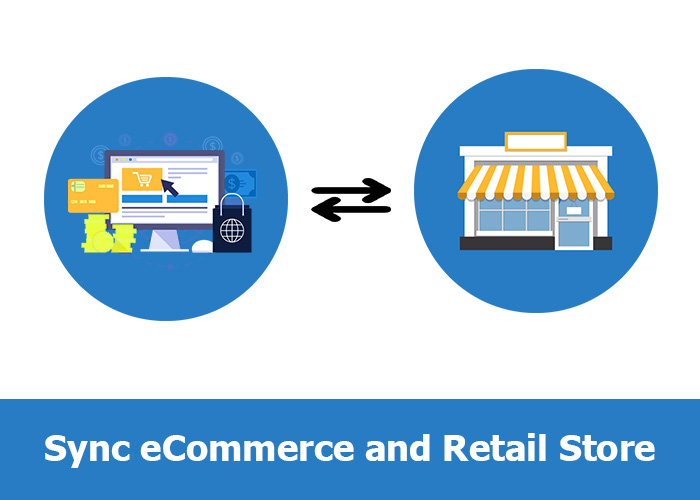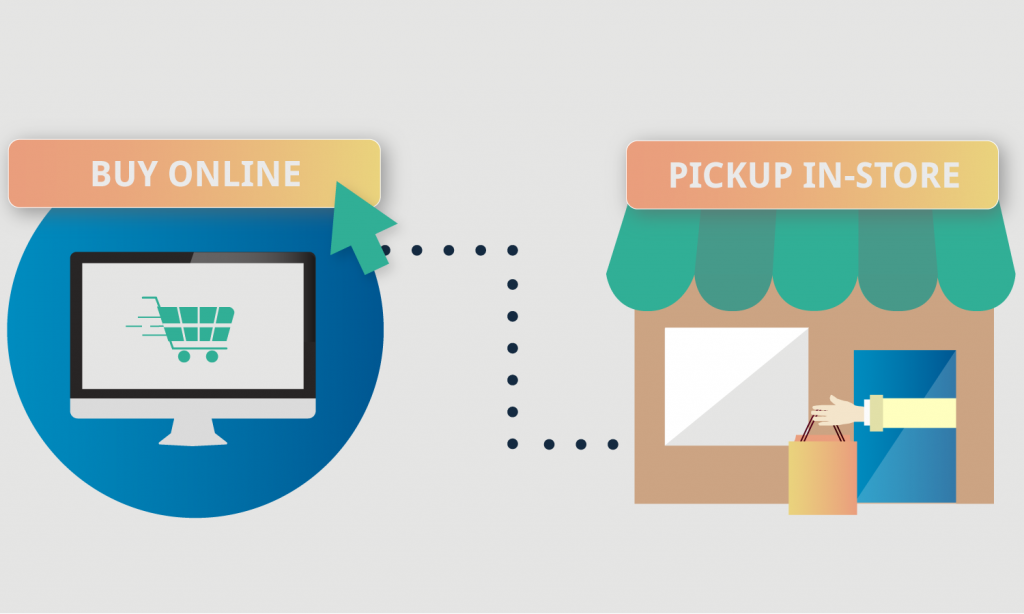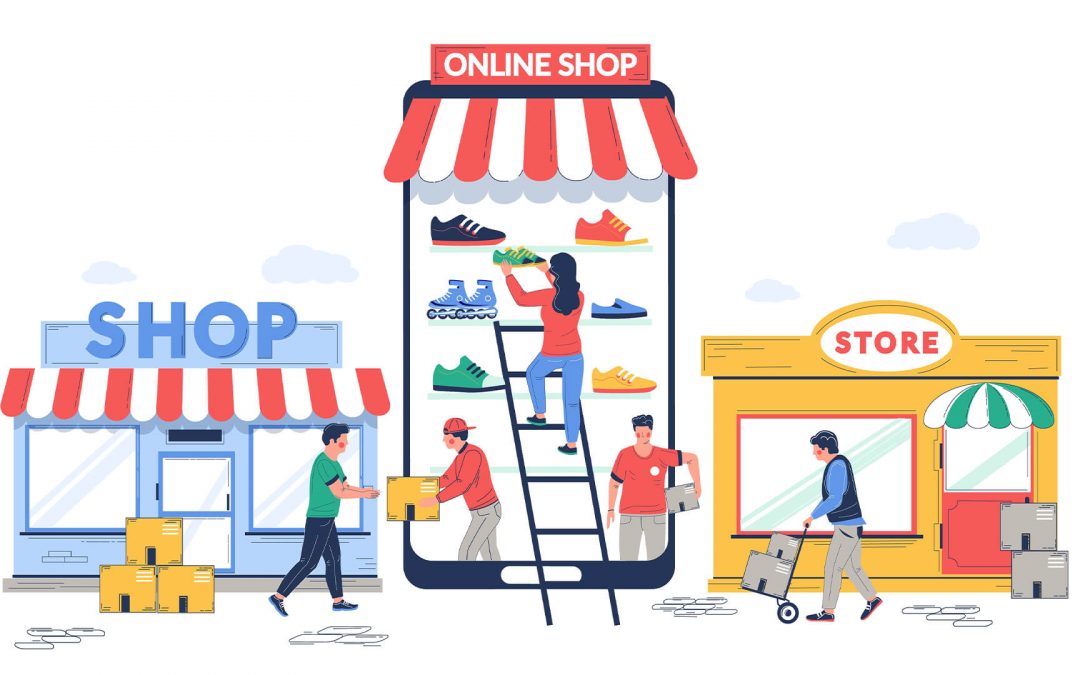Article written by Rebecca Di Noia, Business Advisor, Western Sydney Business Centre.
Ever since the creation of eCommerce, there has been an ongoing battle between online marketplaces and physical stores. As the popularity of online shopping grew, these two players never saw eye to eye and their relationship between each other became what is commonly described in Kungfu movies as the line – “either you die, or I’ll perish!”
That was the case until O2O came around.
To put it simply, O2O means – “Online – to- Offline”.

In a marketing context, O2O is a business strategy designed to attract potential customers from online channels such as Facebook, and Instagram into making purchases at physical stores.
One of the biggest issues faced by eCommerce businesses is building customer trust and loyalty, without them able to physically feel and/or touch products. This usually leads customers into making purchasing decisions based on pricing alone, which usually is unfair for businesses that provide high quality products.
O2O provides customers with an experience and a platform that allows face-to-face interactions between businesses and customers. Customers are able to try products, experience product benefits and have human conversations with staff members.
As for businesses, it allows them to showcase products to customers in a more comprehensive manner, rather than being restricted by a traditional website’s features and form.

A good example of this would be providing customers the ability to pick up online purchases in a convenient location such as a pop-up, or team up with a physical store. This arrangement allows the partner store owner to upsell other products or services as customers are picking up goods.
As an eCommerce business, if you are attending physical events, you could provide online customers with special discounts or gifts if they come and check out your stall in person.
Another example of this would be a shopping centre running a showcase where stores can provide product demonstrations or live sales, via social media, with customers able to make a purchase online but having to pick it up in-store. To boost foot traffic and encourage in-store pickups, the shopping centre could collaborate with neighbouring food and drink businesses to provide special discounts on the day, encouraging customers to spend a longer time within the shopping centre.
O2O is great for new product launches, market research, or special events. Just like meets and greets; If you are looking for new ways to market your business, why not give it a try?

